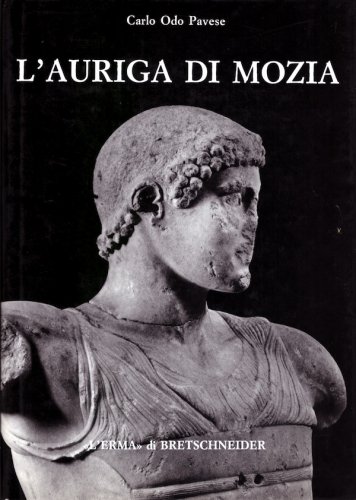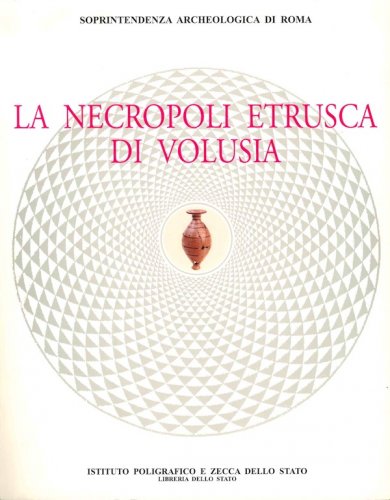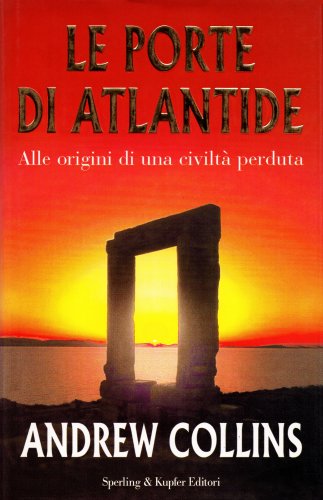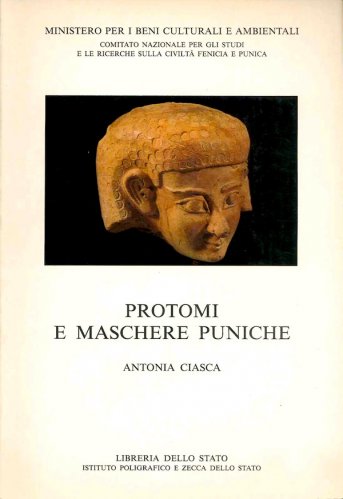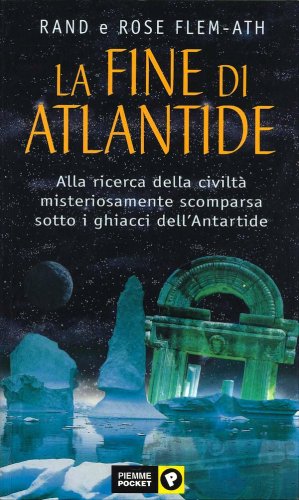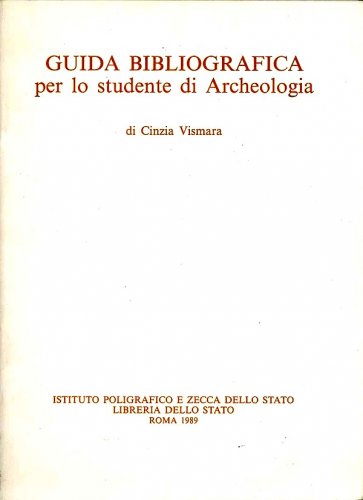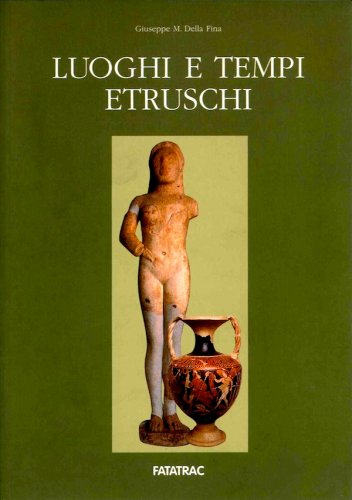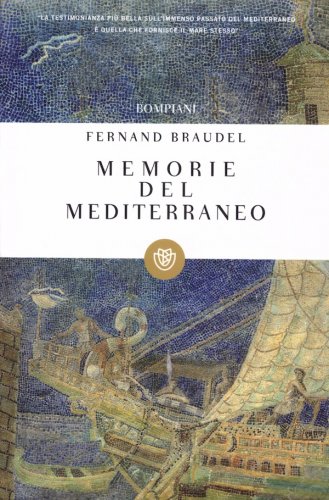Auriga di Mozia
Auriga di Mozia
- Disponibile in 7 giorni
- Possibilità di reso entro 10 giorni lavorativi
- Transazione sicura con carta di credito, Paypal o bonifico bancario
- Spedizione tracciata con SDA
La statua di Mozia, come l'autore dimostra per il confronto di testi e di monumenti, rappresenta un auriga, databile nello stile severo. Se così è, la statua fu portata a Mozia da una delle città siceliote depredate dai Cartaginesi. Poiché tra quelle città soltanto Akragas ebbe vittorie panelleniche con la quadriga, ne consegue che l'Auriga apparteneva alla quadriga, commemorante la vittoria olimpica conseguita da Theron, tiranno di Akragas, con l' auriga Nikomachos nell' Olimpiade 76=476, vittoria che fu cantata da Pindaro nelle Olimpiche II e III. Through comparison of heads and monument, the author shows that the Motya statue represents a charioteer, datable to the Severe style. In this is the case, it was brought to Motya by one of the Siceliot cities plundered by the Carthaginians. Since of those cities only Akragas had Panhellenic victories in the quadriga, it follows that the Auriga belonged to the quadriga commemorating the Olympic victory of Theron, tyrant of Akragas, with the charioteer Nikomachos, in the 76th Olympiad (476 B.C.), a victory sung by Pindar in "Olympian Odes" 2 and 3.

